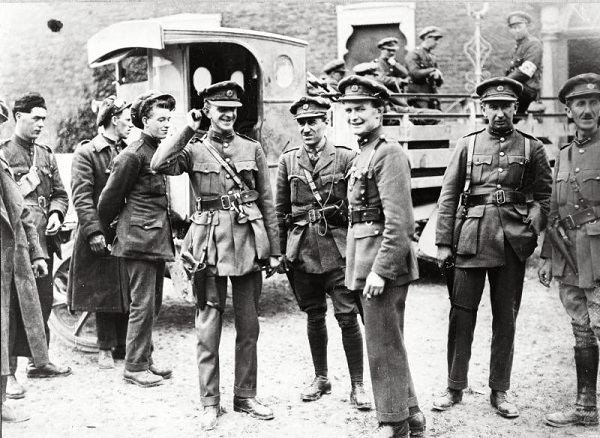ONE OF MANY SPRING CLASSES AVAILABLE
with Sean Murphy

Wednesdays, beginning April 3
4 weeks
from 7:15-8:15 pm
$75/$70 members
The split over the Anglo-Irish Treaty led to the Irish Civil War (1922-23). In 1922, its two main Irish signatories, Arthur Griffith and Michael Collins, both died.
Collins was killed by anti-treaty republicans in an ambush at Béal na Bláth in August 1922, ten days after Griffith’s death from heart failure which was ascribed to exhaustion.
The Irish Civil War broke out with the “Battle of Dublin” in which Cathal Brugha was killed. The anti-Treaty forces initially outnumbered the Free State Army which was concentrated in Munster. Within a few months the Free State Army had taken all the strategic sites in Ireland and this was followed by a period of guerilla warfare.
Following the deaths of Collins and Griffith the Free State introduced draconian measures that led to the execution of more leaders of the Republican movement than the British had done during the 1916-1921 period.
Erskine Childers was executed for possession of a revolver that Michael Collins had presented him with.
Following the killing of a member of the pro-Treaty Dail the Free State executed four leaders of the anti-Treaty forces that had been in prison since the outbreak of the war – Liam Mellows, Rory O’Connor, Joseph McKelvey and Richard Barrett.
In April 1923, Liam Lynch was killed.
This was the “effective end” of the Civil War. His successor as anti-Treaty commander, Frank Aiken, called a ceasefire on 30 April and a month later, May 24, ordered his men to “dump arms” and go home.
All students will receive a PowerPoint presentation for each class.

